Photos: A Cambrian Larva With a 'Daggerlike' Tail
Modeled in 3D
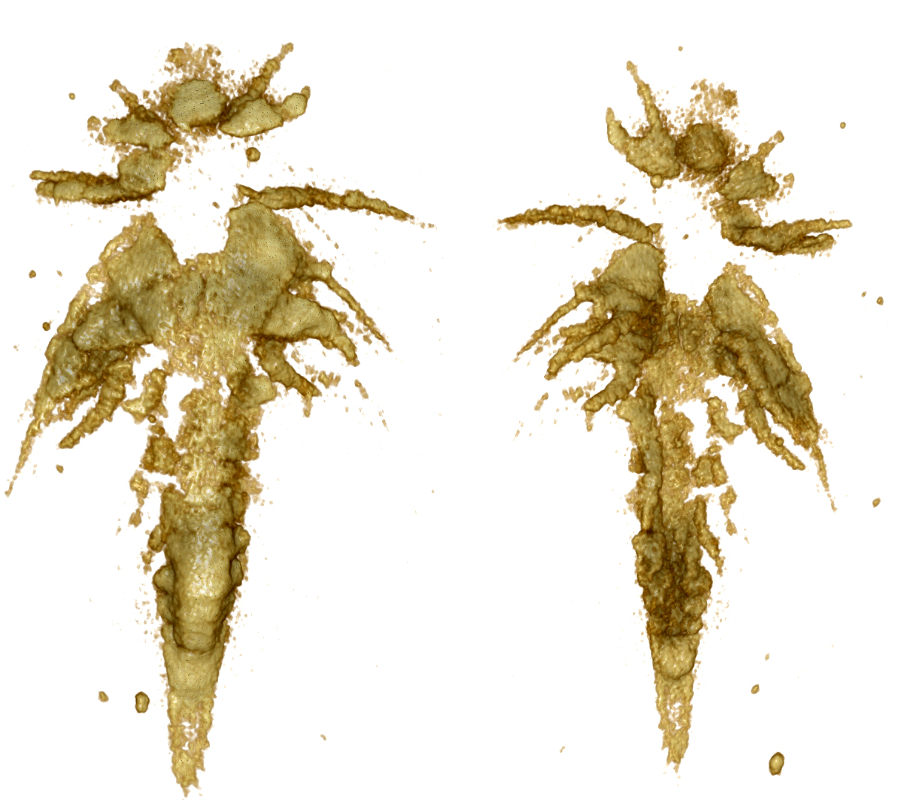
A fossil of an arthropod larva estimated to be 520 million years old was found in Chengjiang, China. Preserved in three dimensions, it provided researchers with an unprecedented level of detail for describing the creature's body.
In this image, 3D models rendered from CT scans show dorsal and ventral views of the larva's body.
Making an impression
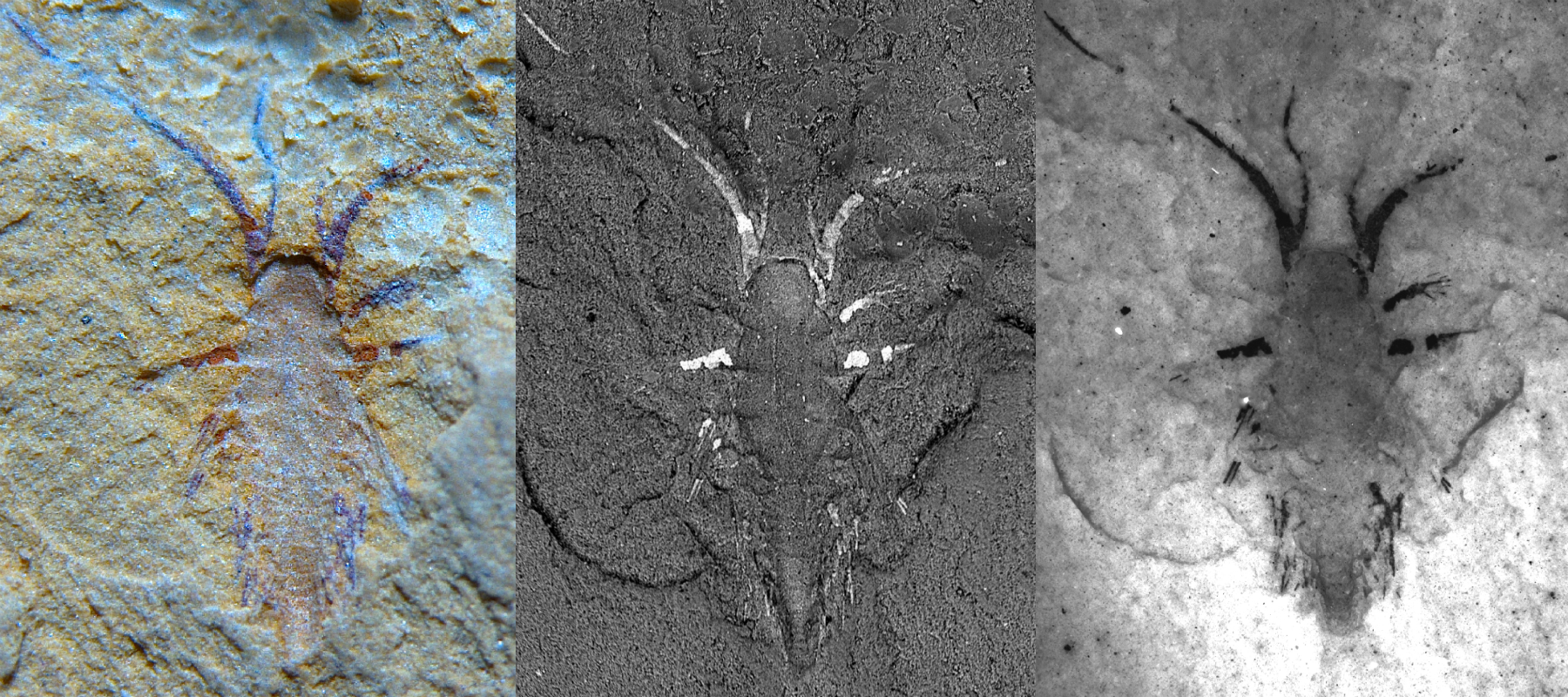
Three views of L. illecebrosa as seen from underneath the fossil: macrophotograph, scanning electron microscope (SEM) and fluorescence microsceopy.
All grown up
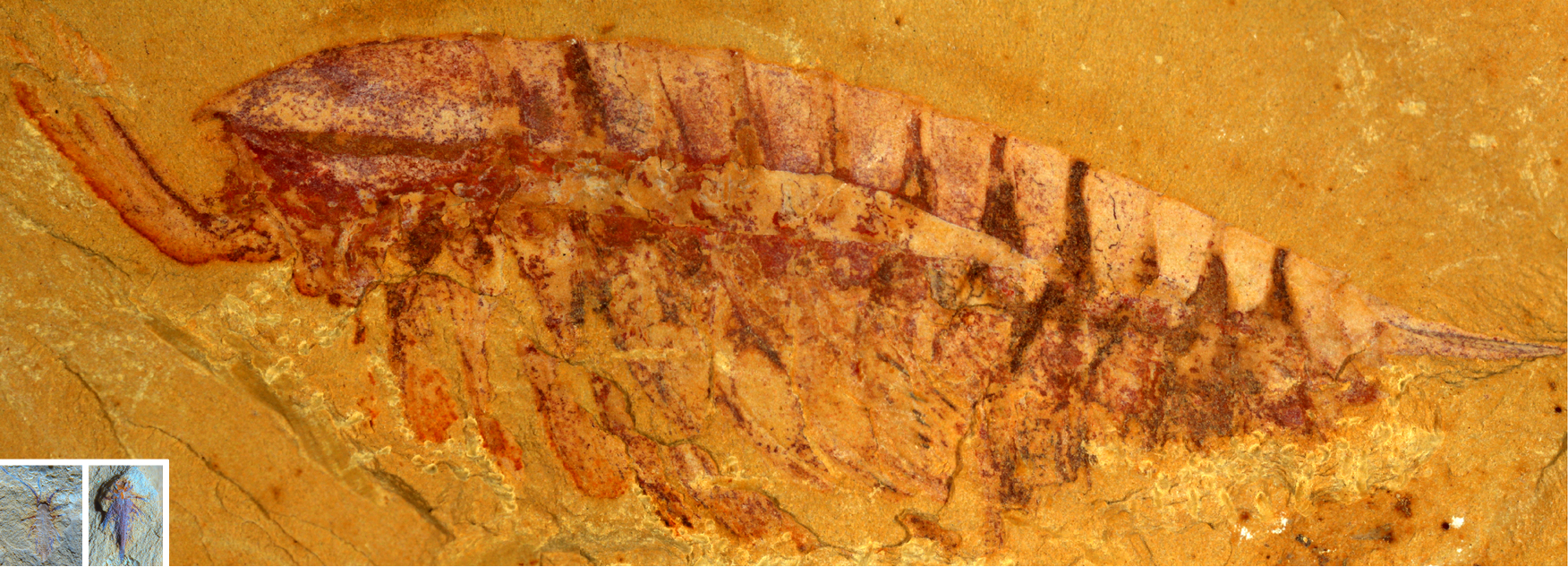
An adult form of the Cambrian arthropod, Leanchoilia illecebrosa. Researchers identified the new fossil as a juvenile of this species.
Hairy fingers
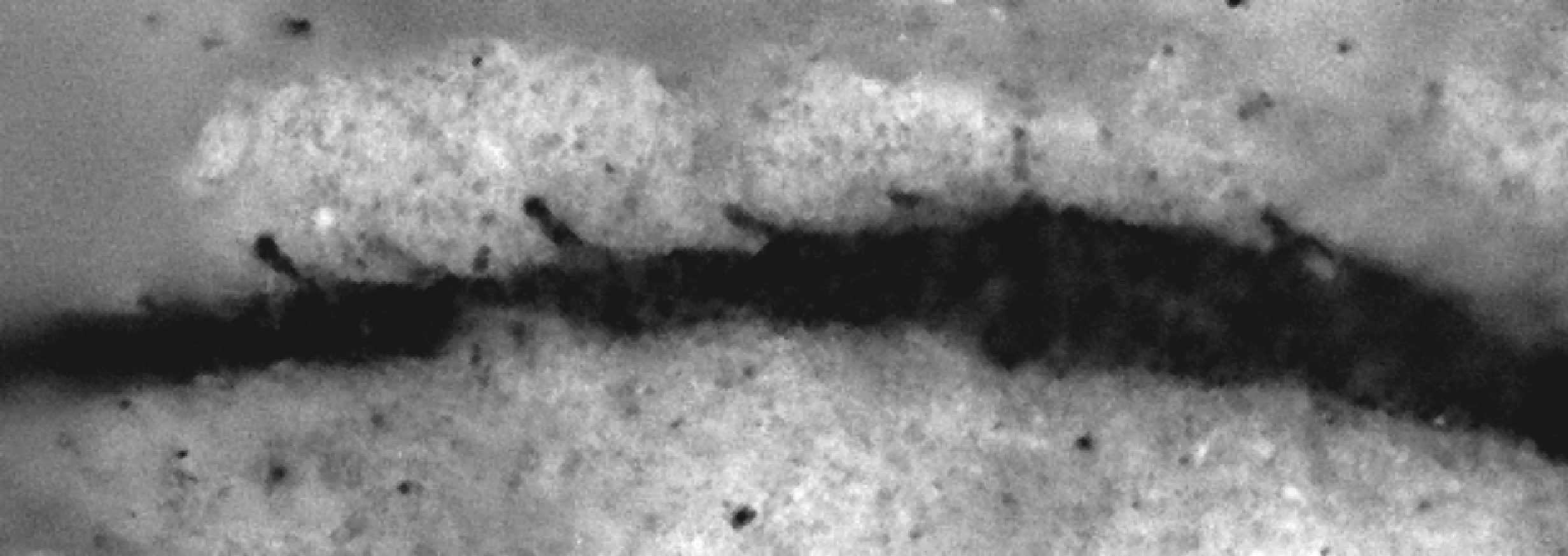
A close-up of the larva fossil shows hairlike structures on one of the "fingers" of the appendages on its head.
Swimming 'paddles'
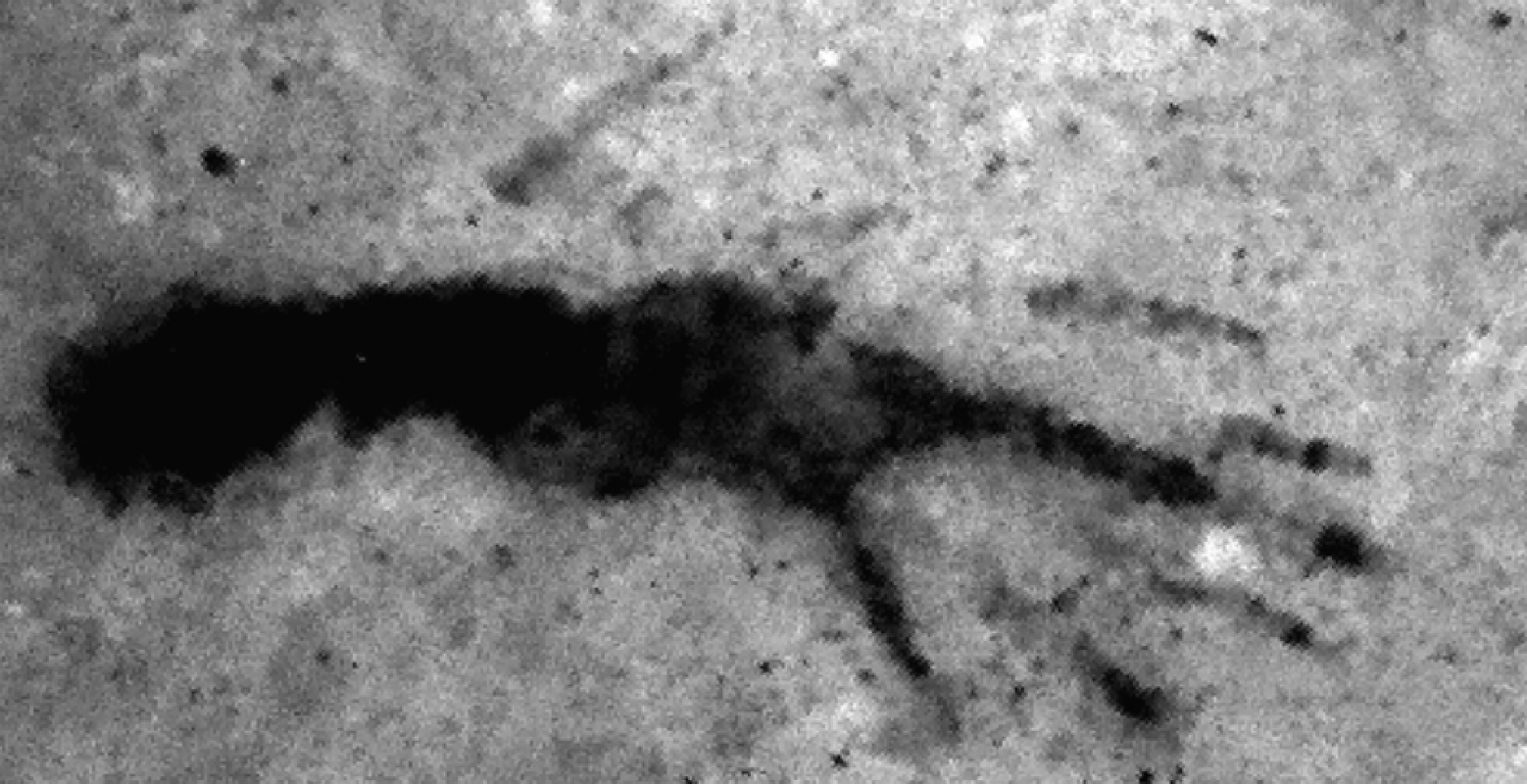
Close-up of one of the two structures resembling paddles, near the larva's posterior. The researchers suggested that they might have been used for swimming.
Branching headgear
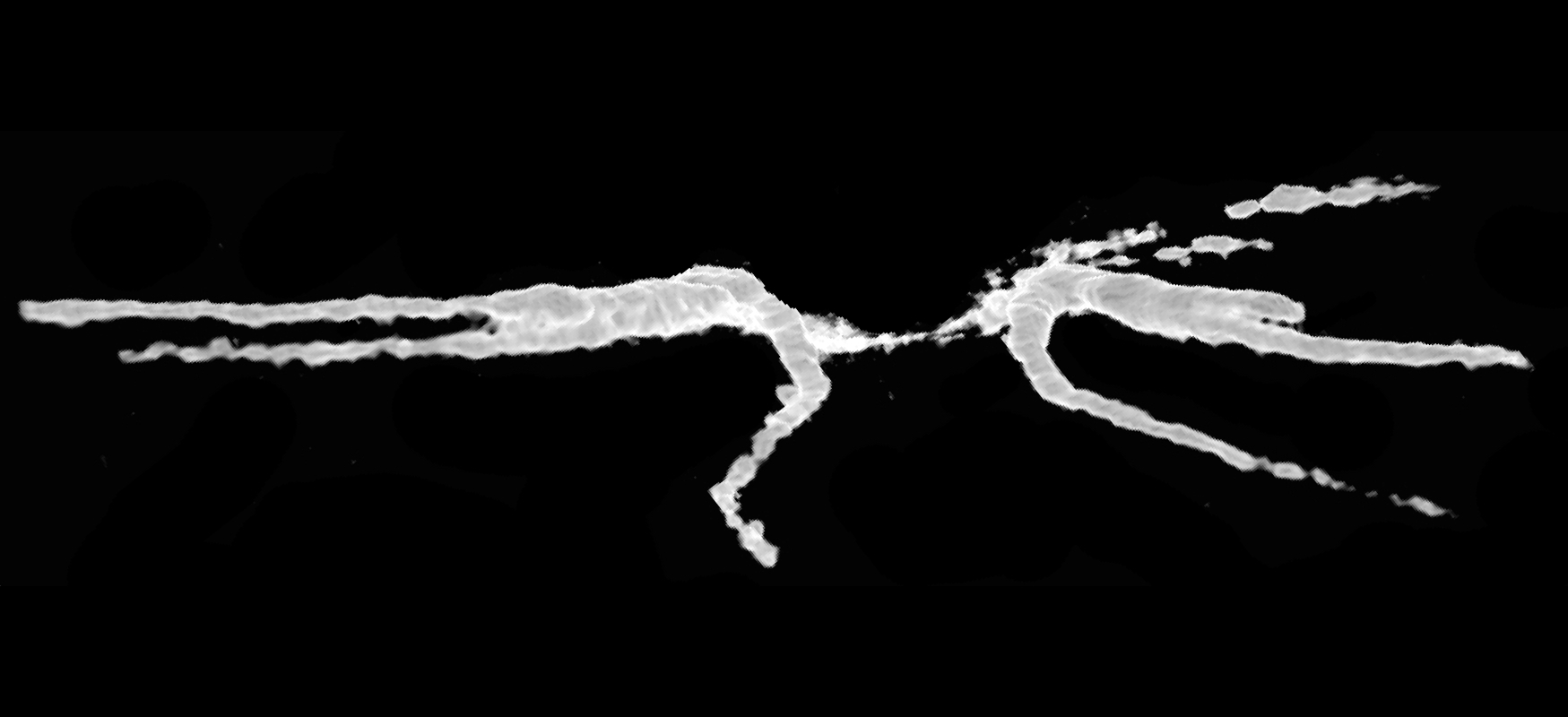
Micro-CT scanning revealed three branching parts on appendages attached to the larva's head.
Sign up for the Live Science daily newsletter now
Get the world’s most fascinating discoveries delivered straight to your inbox.
From the top
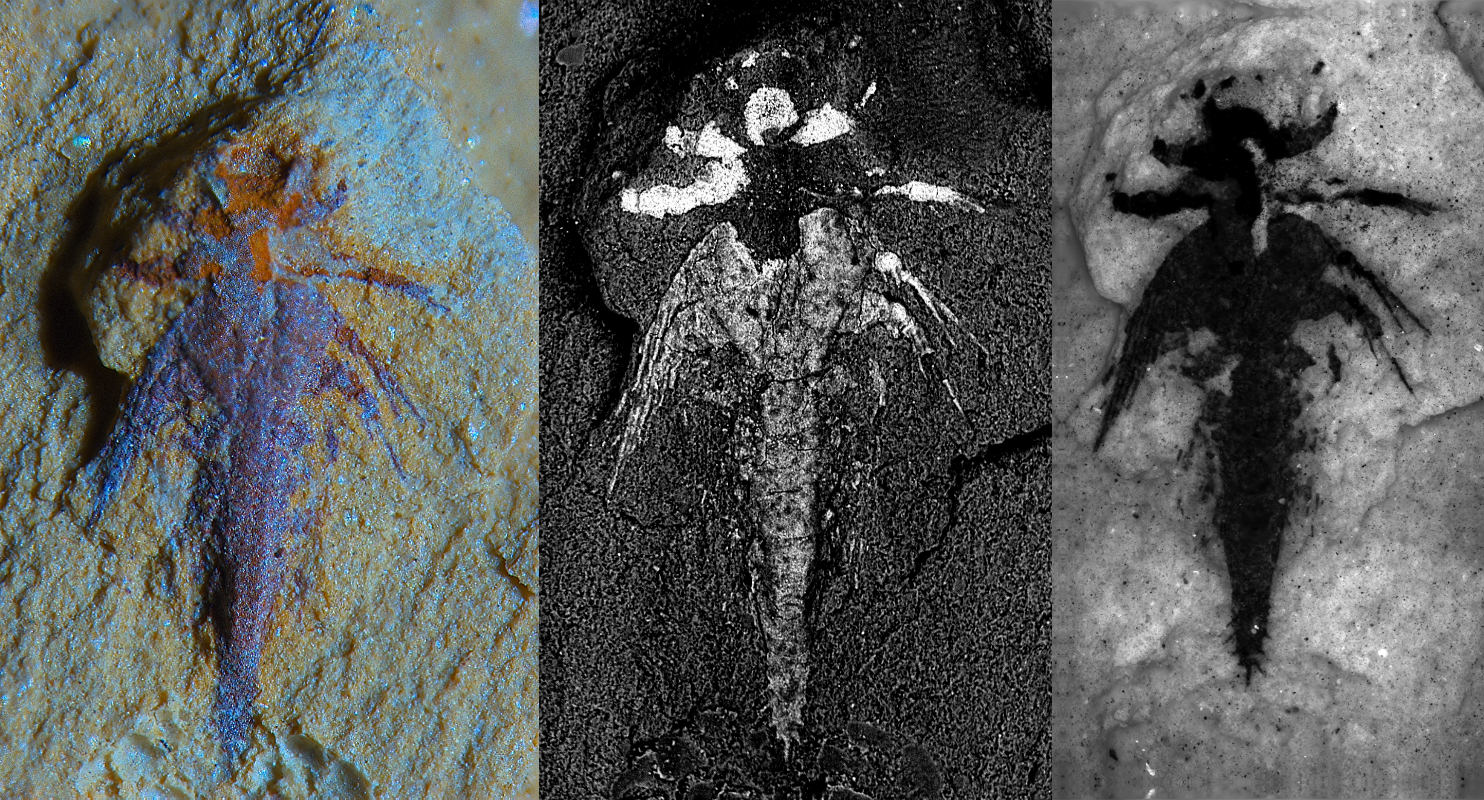
Three views of L. illecebrosa as seen from the top of the fossil: macrophotograph, scanning electron microscope (SEM) and fluorescence microsceopy.
Model arthropod
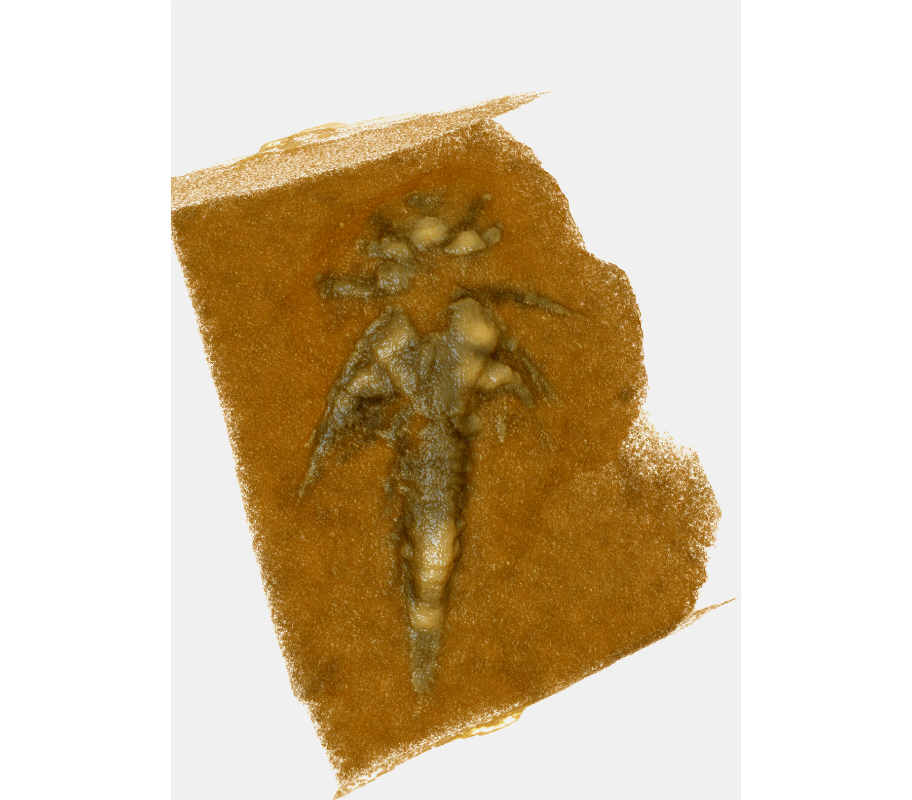
Computed X-ray tomography (CT) scans allowed scientists to build a virtual 3D model of the arthropod larva, embedded in its rocky matrix.
Colorized se
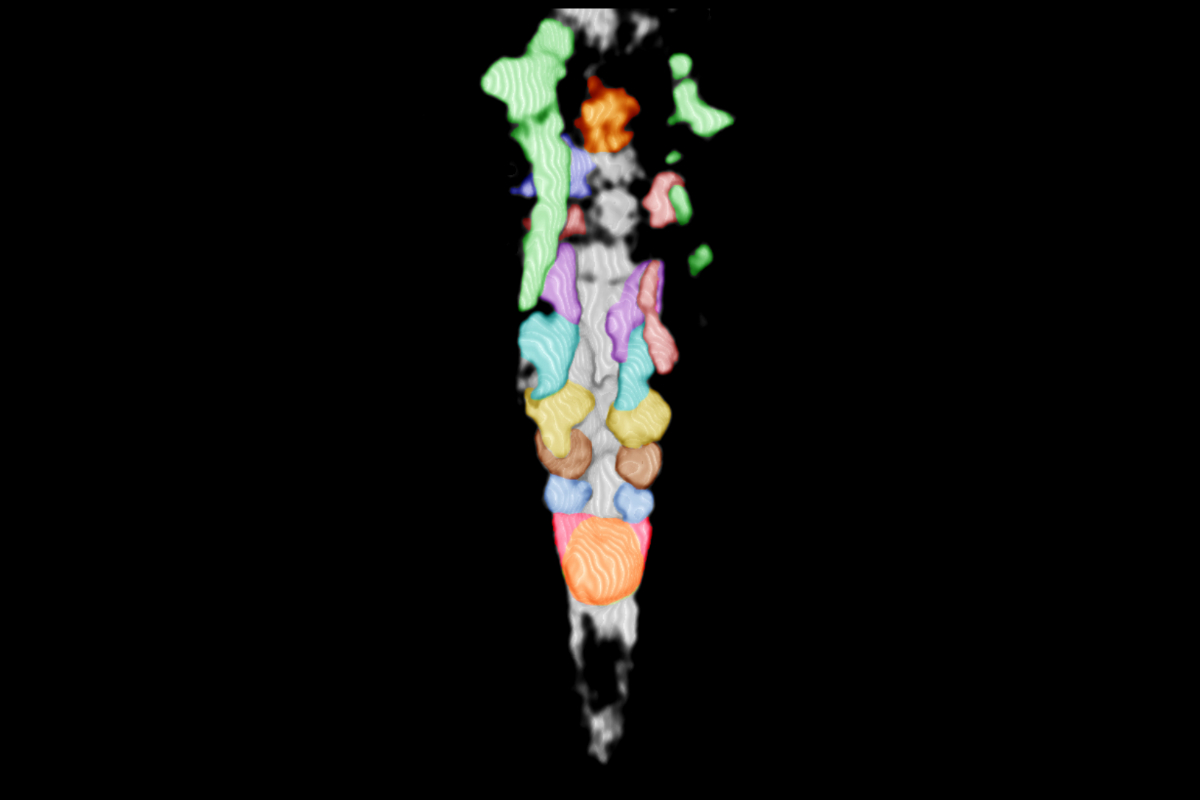
In a colorized 3D model of the 2-mm-long larva L. illecebrosa, paired appendages become smaller and less developed as they move toward the larva's rear. These likely developed into legs later in the arthropod's life cycle.

Mindy Weisberger is an editor at Scholastic and a former Live Science channel editor and senior writer. She has reported on general science, covering climate change, paleontology, biology and space. Mindy studied film at Columbia University; prior to Live Science she produced, wrote and directed media for the American Museum of Natural History in New York City. Her videos about dinosaurs, astrophysics, biodiversity and evolution appear in museums and science centers worldwide, earning awards such as the CINE Golden Eagle and the Communicator Award of Excellence. Her writing has also appeared in Scientific American, The Washington Post and How It Works Magazine. Her book "Rise of the Zombie Bugs: The Surprising Science of Parasitic Mind Control" will be published in spring 2025 by Johns Hopkins University Press.









